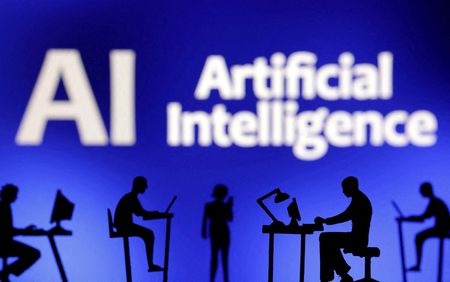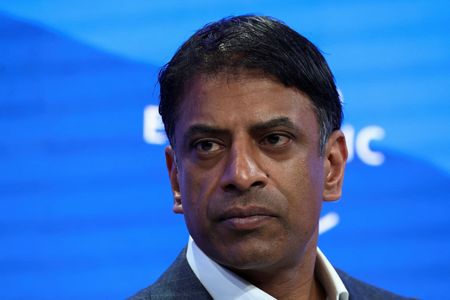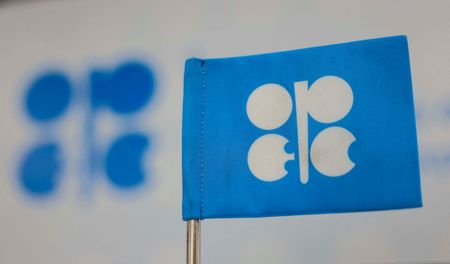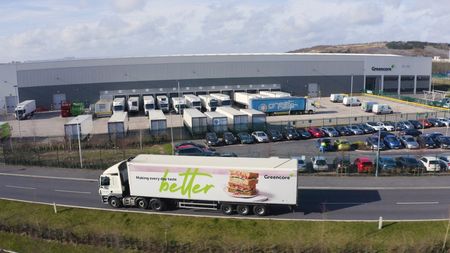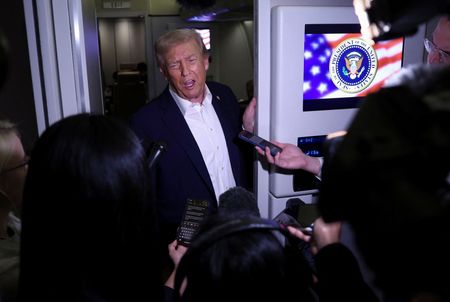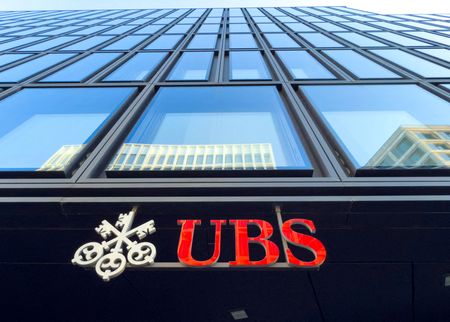By Johann M Cherian
(Reuters) -Investors are increasingly favoring U.S. companies that channel capital toward AI innovation over those offering traditional shareholder payouts such as dividends and buybacks, even as the debate over soaring valuations and an AI bubble rages on.
The priority for investors is long-term growth over immediate profits, recognizing that companies neglecting AI investment risk falling behind in what many consider the most transformative technological shift of our time.
Goldman Sachs lowered its forecast for U.S. share buyback growth to 9%, down from 12% previously, as it expects the wave of artificial-intelligence-driven investment to extend well into 2026.
“This is an AI-led bull market, and the market continues to reward companies’ growth outlook around AI. It is less about shareholder returns at this moment than whether they can develop AI and monetize on the opportunity,” said Ohsung Kwon, chief equity strategist at Wells Fargo.
Capital expenditure plans reported by S&P 500 companies have ballooned to $1.2 trillion this year – the highest since Trivariate Research started recording the data in 1999, with the biggest nine companies making up nearly 30% of the share.
SHAREHOLDER PAYOUTS HIT RECORD TOO
Total shareholder returns for the 12 months ending in June this year also hit a record $1.65 trillion, according to S&P Global data, with dividends and share buybacks at $653.86 billion and $997.82 billion, respectively.
However, hefty dividends and buybacks alone have failed to draw long-term investors.
Apple led the S&P 500 in capital returns during the second quarter, according to S&P Global, with buybacks and indicated dividends more than double Meta’s.
And yet the iPhone maker’s shares have lagged the rest of the “Magnificent Seven” on concerns over its lack of bold AI innovation.
On the flip side, shares of AI hyperscalers such as Alphabet, Meta, Microsoft and Oracle have logged double-digit price returns this year, surpassing broader market gains.
Including Amazon.com and CoreWeave, the group unveiled a cumulative $400 billion in capex spending in 2025.
Salesforce, Accenture and Cognizant have also ramped up shareholder payouts, but Salesforce and Accenture have fallen more than 23% this year, while Cognizant lost 12%, reinforcing the view that capital returns alone won’t cut it without a compelling AI story.
“For those companies that are considered to be growth stocks, you absolutely want to see an investment in the future and a little bit less concern about share buybacks and dividends,” said Chris Zaccarelli, chief investment officer for Northlight Asset Management.
But AI monetization is no longer confined to just Silicon Valley. Sectors from banking to healthcare and consumer staples are also betting big on the tech to trim costs.
Banking giant JPMorgan Chase is investing about $2 billion annually on developing the technology, while Goldman Sachs has been using AI for lending processes, regulatory reporting as well as vendor management.
Similarly, defense majors Northrop Grumman and Lockheed Martin are embedding AI into autonomous systems and mission-critical platforms, while companies such as Schrodinger and Recursion Pharmaceuticals are utilizing AI for different stages of drug discovery.
Despite thinner margins, retail players including Walmart, PepsiCo and Mondelez are also cautiously investing in generative AI for supply-chain optimization and customer engagement.
Analysts are still hesitant to call the current AI boom a bubble, although most have warned that it could unravel at some point as companies turn to debt and complex deal-making.
“Our best guess is that sometime by the second half of next year, folks are going to start pounding their calculators and saying: ‘as great as the promise of all of is, is it fully priced’,” said Lisa Shalett, chief investment officer at Morgan Stanley Wealth Management.
(Reporting by Johann M Cherian in Bengaluru; Editing by Pooja Desai)

